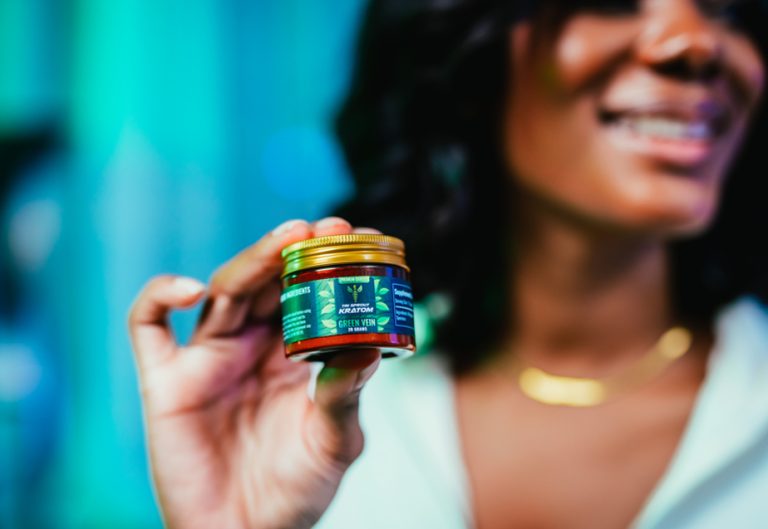Kratom has become a popular choice for those seeking natural support for energy, focus, and relaxation. However, like any supplement, using kratom effectively requires knowledge and attention to detail. Many beginners (and even experienced users) unknowingly make mistakes that can impact their overall experience.
In this blog, we’ll cover the top 5 mistakes to avoid when using kratom and share tips to ensure you get the most out of your journey.
1. Choosing Low-Quality Kratom Products
Not all kratom is created equal. Low-quality products may lack potency, contain contaminants, or fail to deliver the desired effects. Choosing a reputable vendor is essential for safety and effectiveness.
How to Avoid This Mistake:
- Look for GMP Certification: Products from GMP-certified vendors, like Tri Sprout, meet strict safety and quality standards set by the American Kratom Association.
- Check Lab Results: Ensure the vendor provides third-party lab testing to verify purity and potency.
- Read Reviews: Look for feedback from other customers to confirm the vendor’s reliability.
2. Taking the Wrong Dosage
Improper dosing is one of the most common mistakes, leading to either ineffective results or undesirable side effects. The right dose varies depending on factors like experience, strain, and individual tolerance.
How to Avoid This Mistake:
- Start Low: Begin with a small dose (1–2 grams) if you’re new to kratom and gradually increase as needed.
- Pay Attention to Strain Strength: Some strains, like white vein, may be more potent than others.
- Use a Scale: Avoid guessing—use a digital scale for accurate measurements.

3. Using the Same Strain Too Often
Over time, your body can develop a tolerance to kratom, especially if you consistently use the same strain. This can reduce its effectiveness and lead to frustration.
How to Avoid This Mistake:
- Rotate Strains: Alternate between strains (e.g., white, green, and red vein) to prevent tolerance buildup.
- Incorporate Breaks: Take occasional breaks from kratom to reset your tolerance levels.
- Experiment with Blends: Mixing complementary strains can provide a unique and balanced experience.
4. Ignoring Proper Storage
Improper storage can affect kratom’s potency and freshness. Exposure to light, heat, or moisture can degrade the alkaloids, reducing the product’s effectiveness over time.
How to Avoid This Mistake:
- Use Airtight Containers: Store kratom in sealed, opaque containers to keep out light and air.
- Keep in a Cool, Dry Place: Avoid storing kratom near heat sources or in humid environments.
- Label Your Strains: If you have multiple strains, label them to avoid confusion and track freshness.
5. Not Understanding Your Needs
Many users choose a kratom strain without considering their specific goals. Each strain has unique properties, and selecting the wrong one can lead to disappointing results.
How to Avoid This Mistake:
- Research Strains: Understand the differences between white, green, and red vein kratom. For example:
- White Vein: Best for energy and focus.
- Green Vein: Balanced effects for energy and relaxation.
- Red Vein: Ideal for relaxation and unwinding.
- Take the Quiz: Tri Sprout offers a quick quiz to help you find the strain that aligns with your needs.
- Experiment Gradually: Try small amounts of different strains to see what works best for you.
Bonus Tip: Stay Hydrated
Dehydration is a common side effect of kratom. Drinking plenty of water throughout the day can help you avoid discomfort and enjoy a smoother experience.
Final Thoughts
Avoiding these common mistakes can make a big difference in your kratom journey. From choosing high-quality products to finding the right strain and dose, taking a thoughtful approach ensures you get the best results.
At Tri Sprout, we’re committed to helping you make informed choices. Our GMP-certified products and resources are here to guide you every step of the way. Ready to elevate your kratom experience? Shop GMP-Certified Kratom Now
*Disclaimer: This Kratom blog emphasizes that the information shared in the blogs is for educational purposes and should not be seen as a substitute for professional medical advice. It highlights the variability in individual responses to Kratom and advises caution and responsible use. This disclaimer also reminds readers to be aware of the legal status of Kratom in their area and to stay informed about the latest research on Kratom. It concludes by stressing the importance of making informed and responsible decisions regarding Kratom use and seeking medical advice when necessary.*






